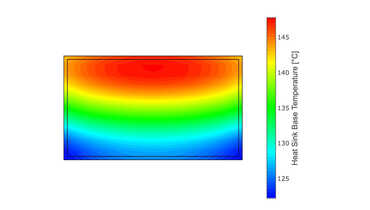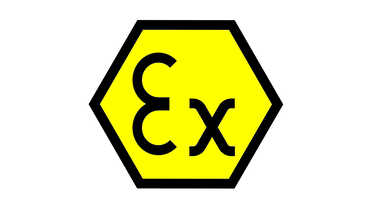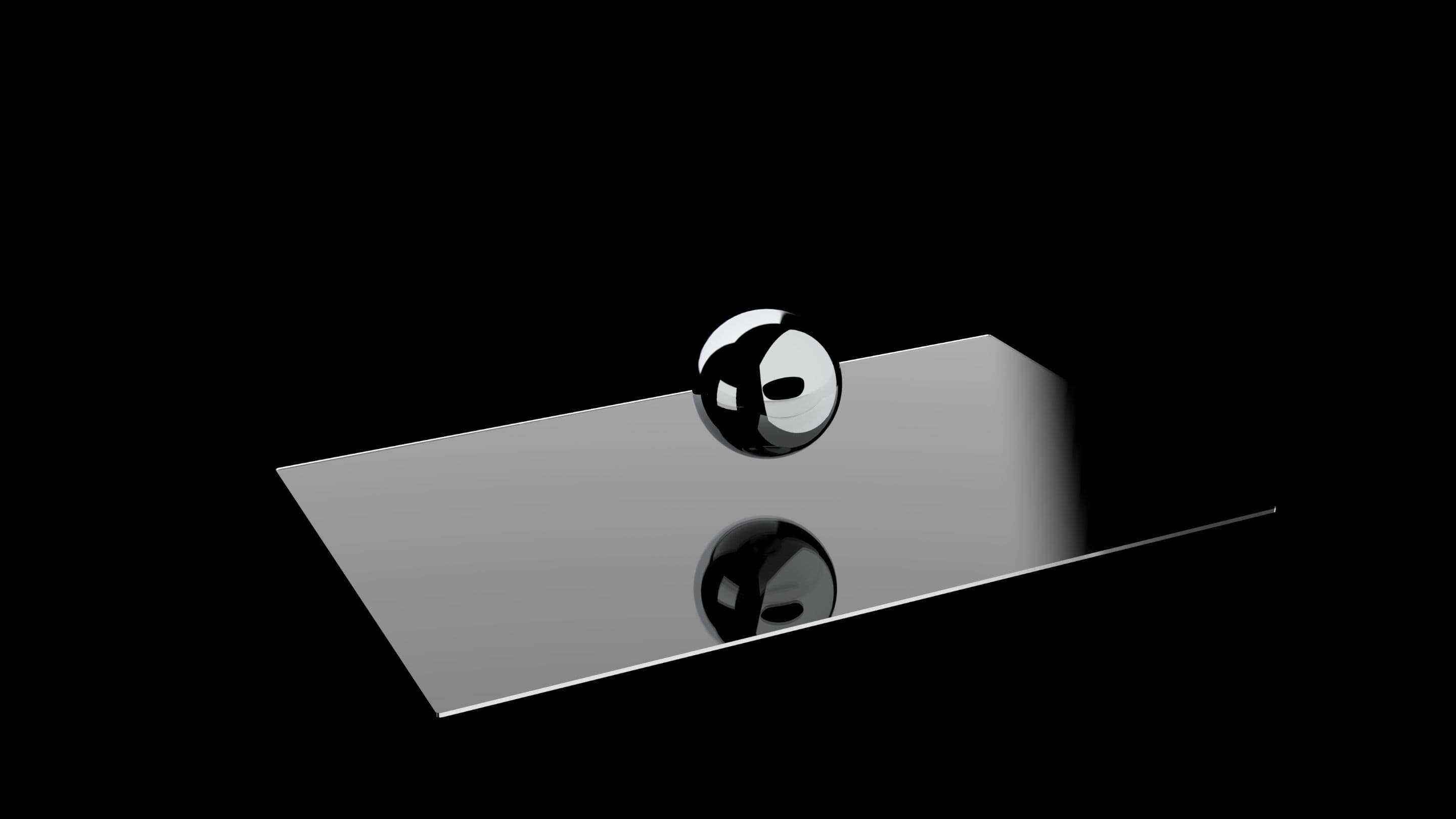We have already reported on Gorilla Glass in various blog posts. If you search for the term on the Internet, you will also notice that many suppliers excel in using Corning's Gorilla Glass in their products. It is no secret that many smartphones, tablet PCs or large flat screens attach the glass to protect it from the outside world. But what makes Gorilla Glass different from other glass?
As a rule, the display glasses consist of an aluminum oxide-silicate compound. Composed of aluminum, silicon and oxygen. The glass also contains sodium ions, which are distributed throughout the material. And this is where the difference begins.
Why switch from sodium to potassium?
The potassium ions take up more space and create compression in the glass. This makes it harder for a crack to start, and even if you start, it's much less likely to grow through the glass.
The concept of strengthening the glass through ion exchange is not new; It has been known since circa 1960. Of course, other companies also offer glass, which has been strengthened by this type of process. However, Corning's reinforced glass gorilla brand has gained significant market share and is now very present in the market. Since 2011, Asahi Glass has been offering a comparable product under the brand name "Dragontrail" and Schott has been offering the similar "Xensation Cover" since June 2012. Both products are also made of aluminosilicate glass.



